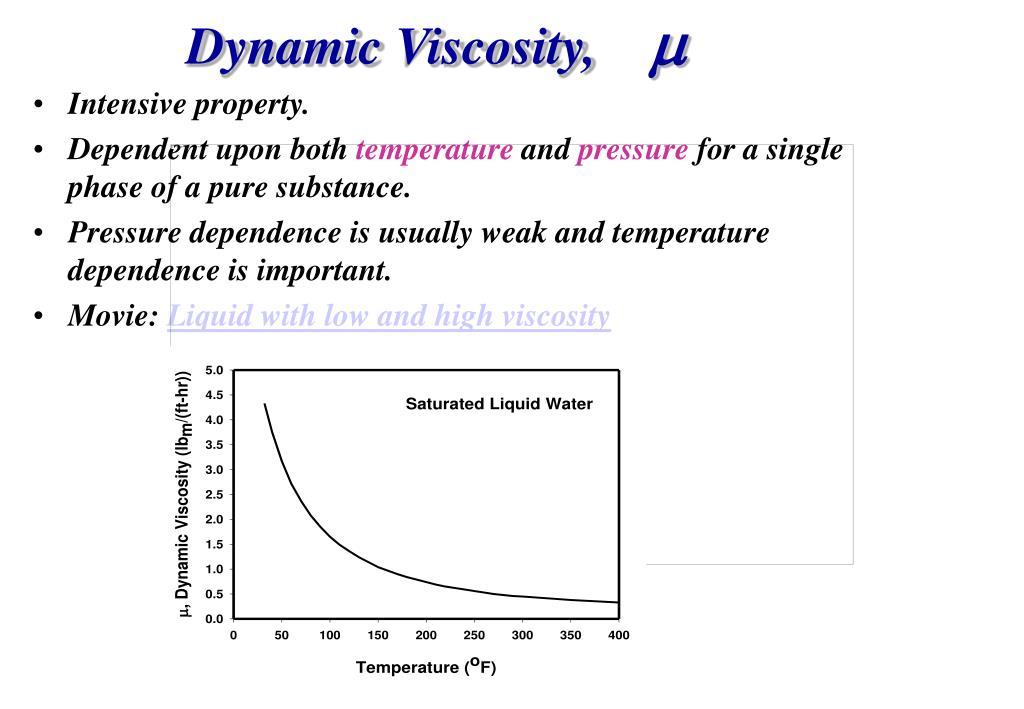
The total energy of a system is composed of the internal, potential and kinetic energy. He found that the same amount of energy was required to produce the same temperature rise in a specific mass of water, regardless of whether the energy was supplied as heat or work. Joule established that there is an equivalence between mechanical energy (or work) and heat. The benefits of using SI units, as in the above example, is that the units in the equation actually cancel out to give the units of the product. Work done = 1 N/m² x 1 m³ = 1 N m (or 1 J) Work = Applied pressure x Displaced volumeĪn applied pressure of 1 Pa (or 1 N/m²) displaces a volume of 1 m³. It can also be described as the product of the applied pressure and the displaced volume: The amount of mechanical work carried out can be determined by an equation derived from Newtonian mechanics: The SI unit for work and energy is the joule, defined as 1 N m. The transfer of energy by means of mechanical motion is called work. Specific gravity is also sometimes known as the relative density of a substance.Įnergy is sometimes described as the ability to do work. Therefore in this case the term specific does not indicate it is a property of a unit mass of a substance. Since specific gravity is a ratio of two densities, it is a dimensionless variable and has no units. Therefore substances with a density greater than this value will have a specific gravity greater than 1, whereas substances with a density less than this will have a specific gravity of less than 1. The density of water at these conditions is approximately 1 000 kg/m³. In fact, the term ‘specific’ is generally used to denote a property of a unit mass of a substance (see Equation 2.1.2). The specific volume (vg) is the volume per unit mass and is therefore the inverse of density. The density (ρ) of a substance can be defined as its mass (m) per unit volume (V). Therefore, the difference between two pressures will have the same value whether these pressures are measured in gauge pressure or absolute pressure, as long as the two pressures are measured from the same datum. When specifying a differential pressure, it is not necessary to use the suffixes ‘g’ or ‘a’ to denote either gauge pressure or absolute pressure respectively, as the pressure datum point becomes irrelevant.

This is simply the difference between two pressures. A pressure of -1 bar g corresponds closely to a perfect vacuum. Conversely a vacuum or negative pressure is the pressure below that of the atmosphere. Pressures above atmospheric will always yield a positive gauge pressure. Gauge pressure = Absolute pressure - Atmospheric pressure This is the average pressure exerted by the air of the earth’s atmosphere at sea level. Although in reality the atmospheric pressure will depend upon the climate and the height above sea level, a generally accepted value of 1.013 25 bar a (1 atm) is often used. This is the pressure measured from the datum of the atmospheric pressure. a perfect vacuum has a pressure of 0 bar a. This is the pressure measured from the datum of a perfect vacuum i.e. Internal energy (specific internal energy) Hertz, the unit of frequency (number of cycles per second) Specific heat capacity at constant volumeĭiameter of the circular cross section of a conduit Specific heat capacity at constant pressure Table 2.1.5 Symbols and units of measure used in The Steam and Condensate Loop SymbolĬross sectional area of a conduit,for the operating condition These quantities have all been assigned special names after famous pioneers in the development of science and engineering. Table 2.1.1 shows the derived units that are relevant to this subject, all of which should be familiar to those with any general engineering background. These may be familiar to readers with a background in electronics, chemistry and physics respectively, but have little relevance to steam engineering nor the contents of The Steam and Condensate Loop. The other SI base units are electric current (in amperes), amount of substance (in moles) and luminous intensity (in candela). The first three will hopefully need no further explanation, while the latter will be discussed in more detail later.

The SI base units include length (in metres), mass (in kilograms), time (in seconds) and temperature (in kelvin). In the SI system there are seven well-defined base units from which the units of other properties can be derived, and these will be used throughout this publication. The problems this caused led to the development of an agreed international system of units (or SI units: Système International d’Unités). Throughout the engineering industries, many different definitions and units have been proposed and used for mechanical and thermal properties.


 0 kommentar(er)
0 kommentar(er)
